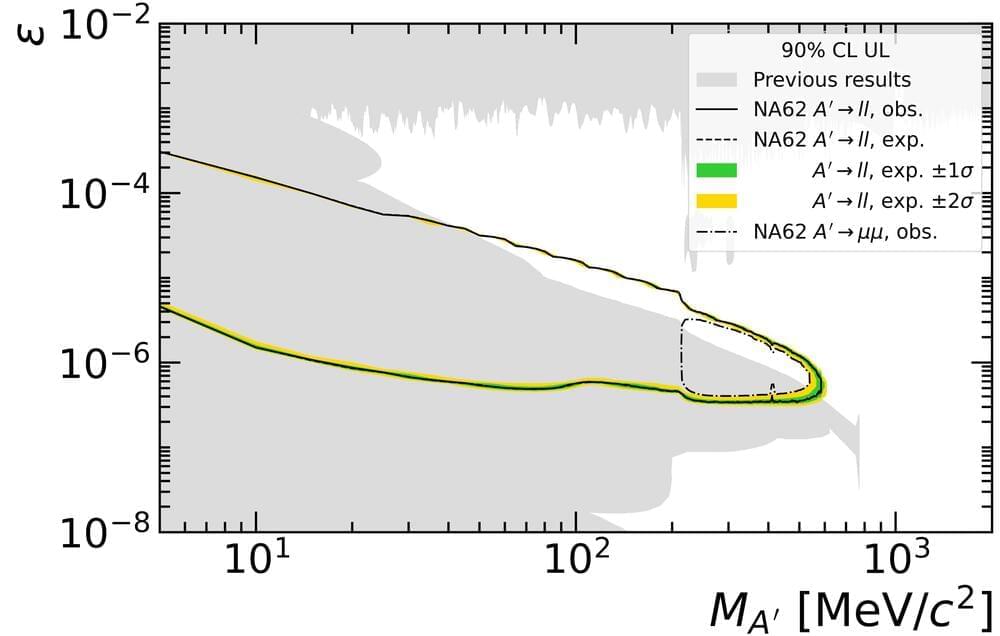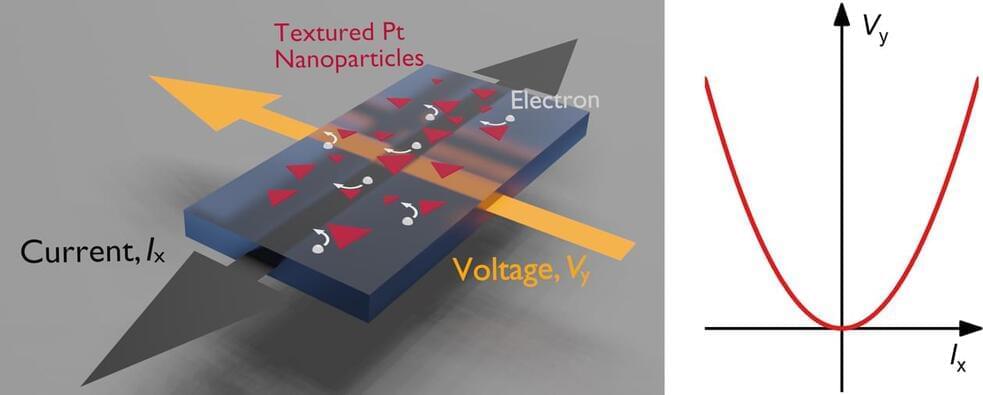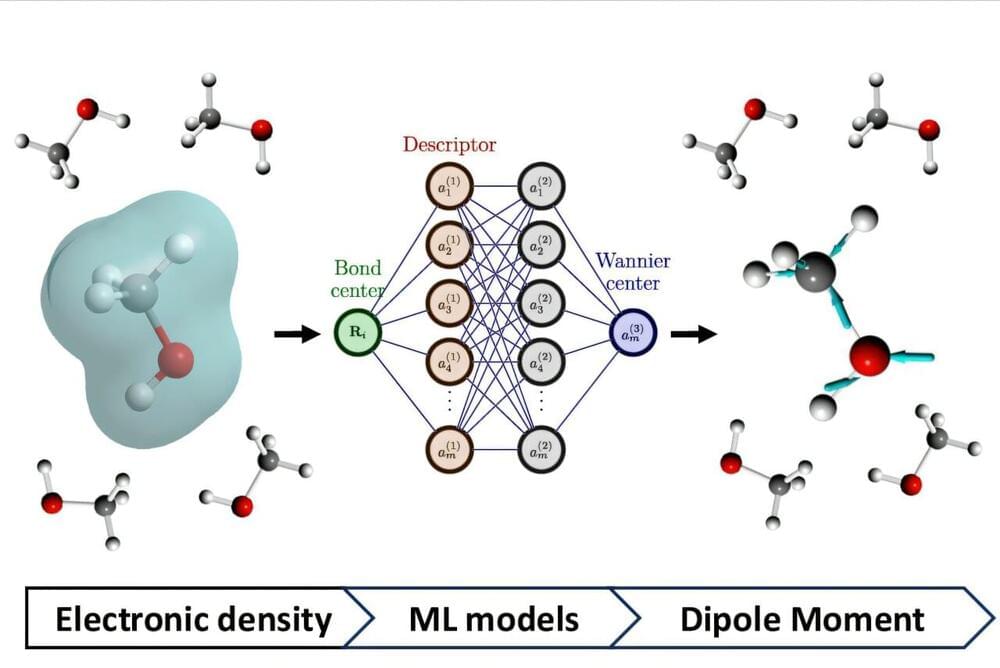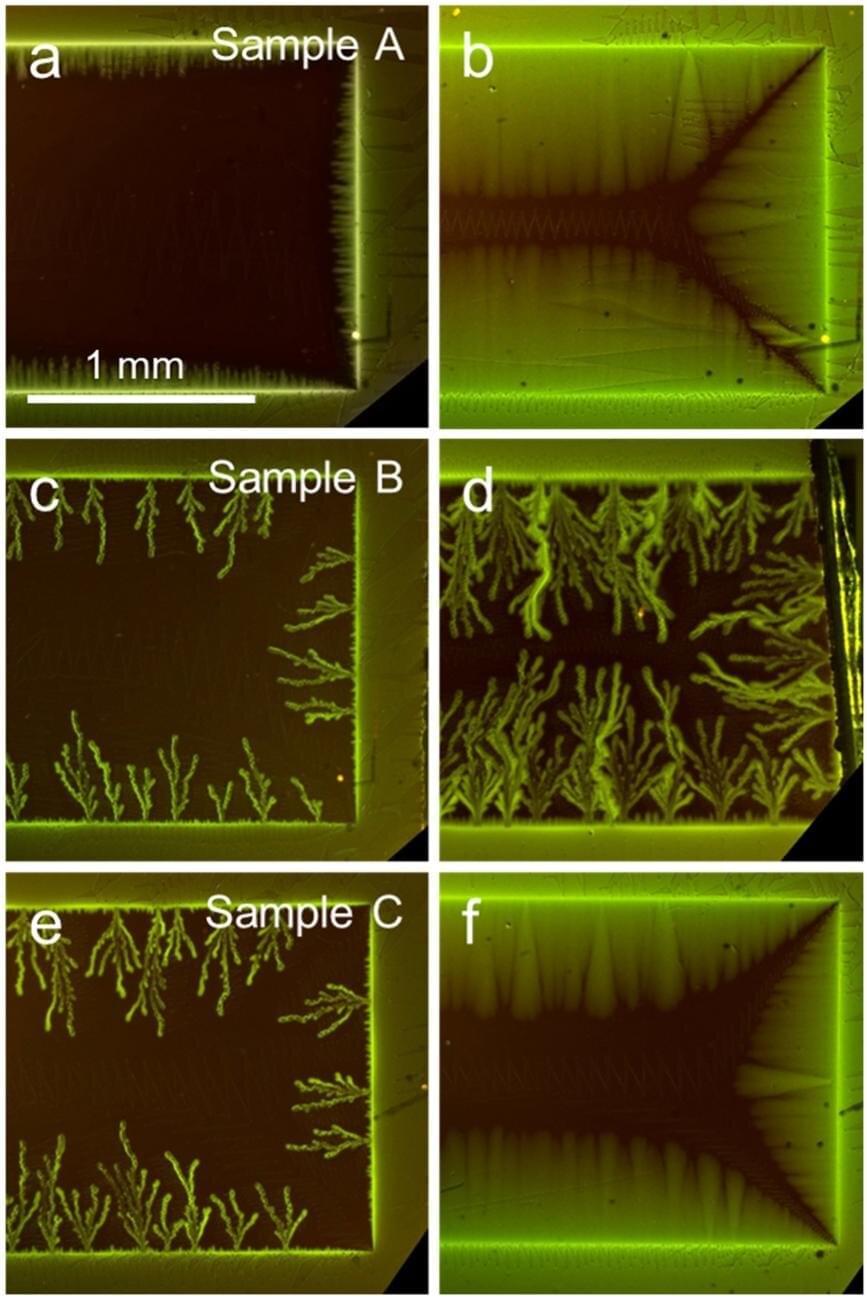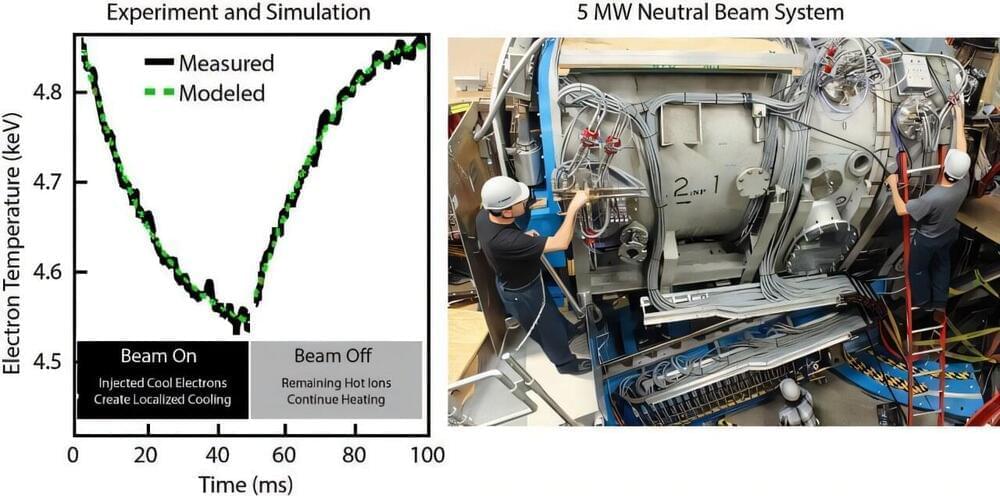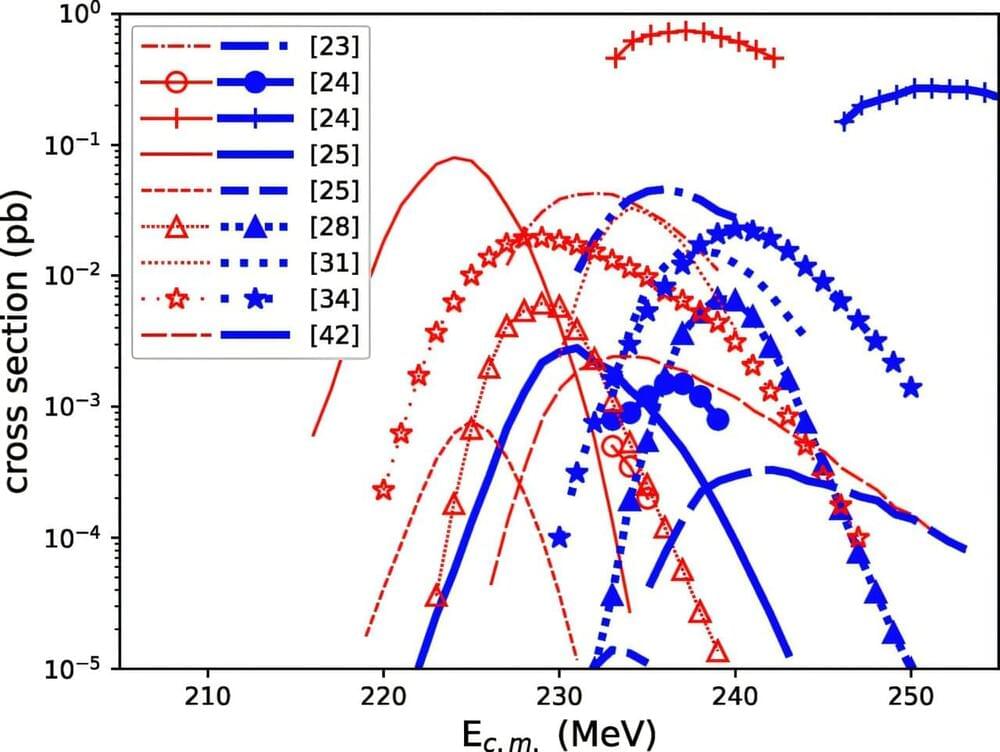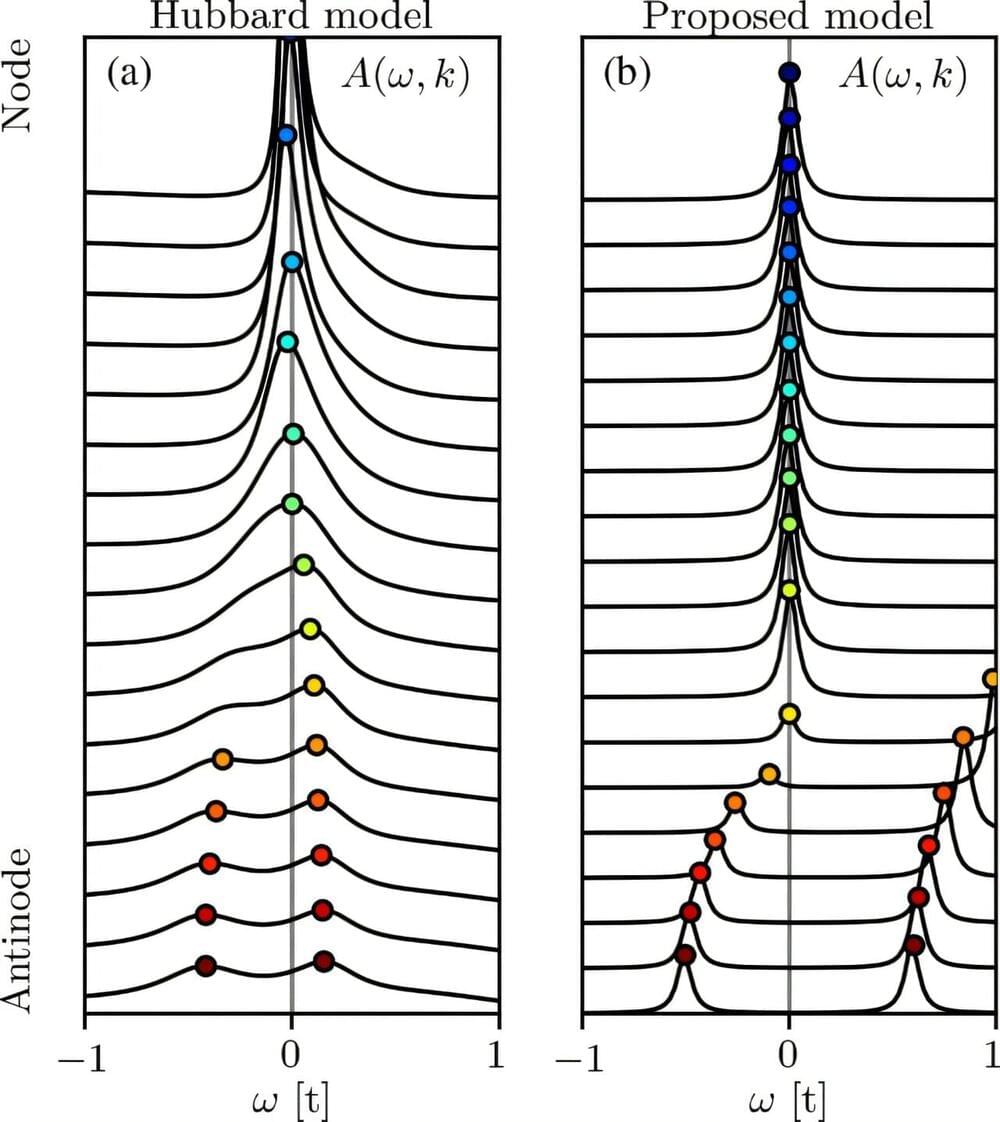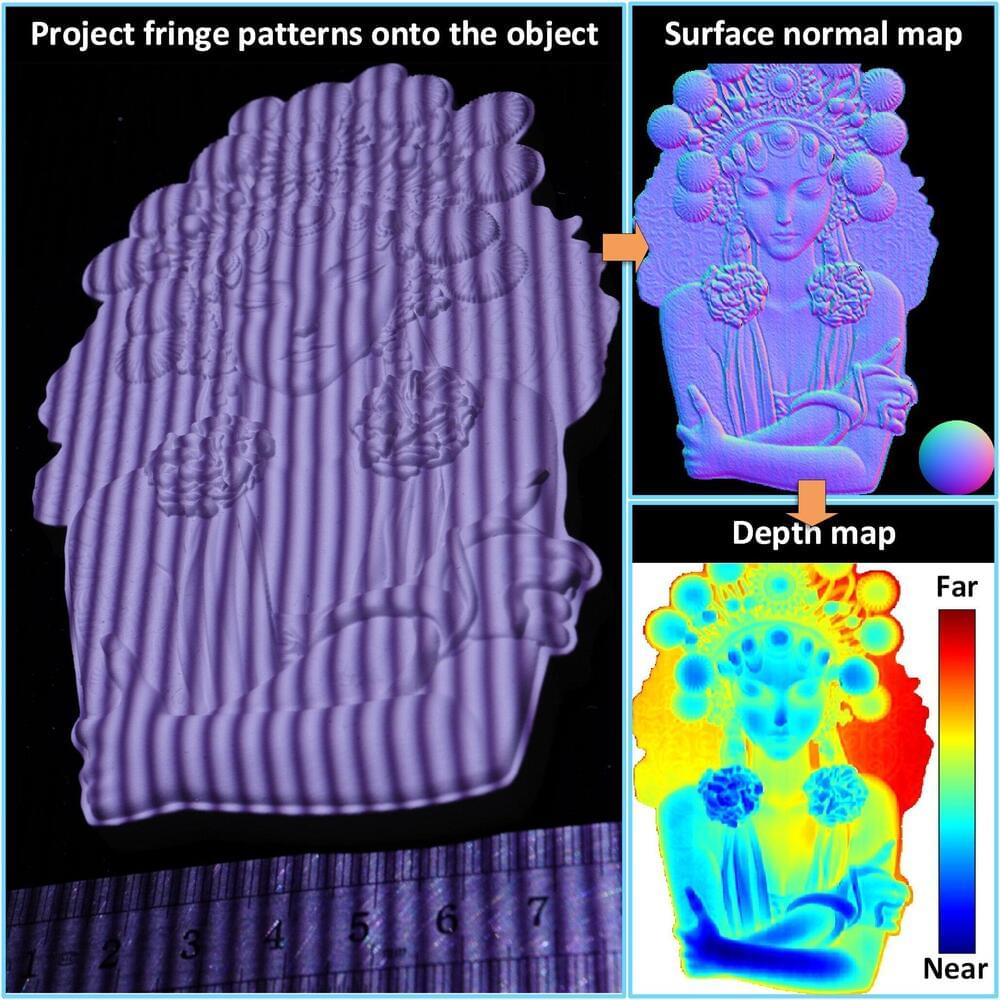“Dark matter searches are currently one of the hot topics in the high energy physics community. We look for weakly interacting particles in a number of different facilities ranging from accelerator experiments to tabletop laboratory setups,” Alina Kleimenova and Stefan Ghinescu, part of the NA62 Collaboration, told Phys.org.
“While LHC experiments rely on the high collision energy, smashing protons at about 14 trillion electron volts, NA62, being a fixed-target experiment, focuses on the high intensity approach with a quintillion (1018) of protons on target per year. This intensity creates a unique opportunity to probe various rare processes and beyond Standard Model scenarios.”
Dark photons, also referred to as A’, are among the hypothetical particles beyond the Standard Model whose existence could be probed by the NA62 detector. These particles could act as mediators between known visible matter and dark matter.
